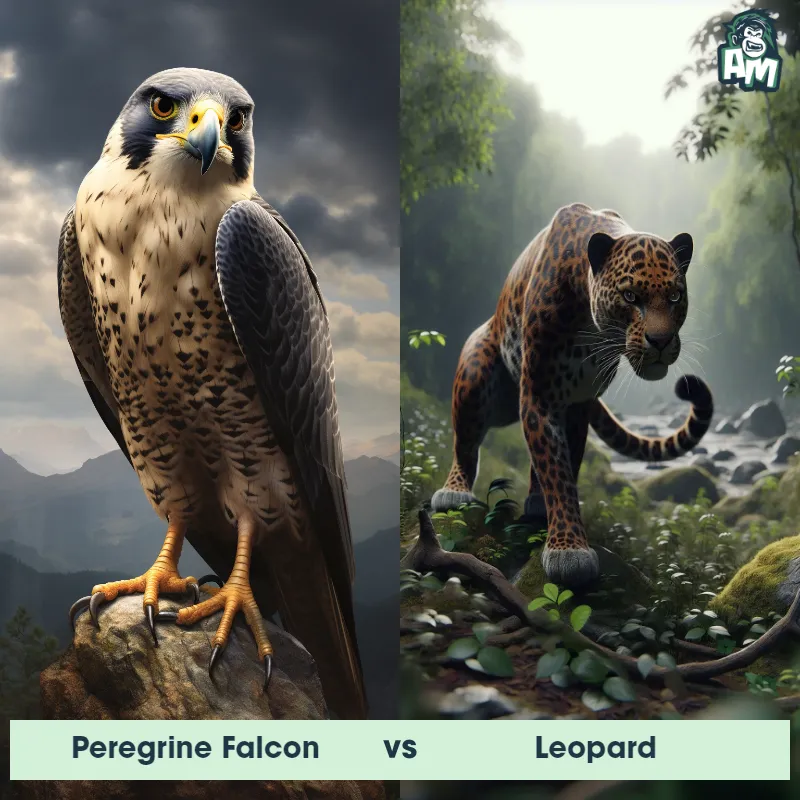Cassowary vs TigerSee Who Wins

Ladies and gentlemen, welcome to this thrilling matchup between two formidable contenders! In the red corner, we have the powerful and imposing tiger. And in the blue corner, we have the intimidating and swift cassowary. Buckle up, folks, as we prepare for an unforgettable three-round fight!
Contender 1: Cassowary
The Cassowary is a large, flightless bird native to the tropical forests of Australia and New Guinea. They are known for their striking appearance, with a tall, colorful casque on their head, bright blue neck and head, and black feathers covering their body. Cassowaries are also known for their powerful legs and sharp claws, which they use for defense and to navigate through dense vegetation. They are omnivores, feeding on a variety of fruits, insects, and small animals.
Fun Fact: Cassowaries are considered one of the most dangerous birds in the world, with a reputation for being aggressive and territorial. They have been known to attack humans and other animals with their sharp claws and powerful legs, which can deliver a deadly kick.
Contender 2: Tiger
The Tiger is a large and powerful big cat, known for its distinct orange coat patterned with black stripes, which are unique to each individual, much like a human fingerprint. Tigers have a muscular build, a heavy head with strong jaws, and a tail that is usually about half the length of their body. The largest species of the cat family, adult male tigers can reach up to 10 feet in length and weigh up to 660 pounds. Tigers are native to various parts of Asia and are adept swimmers, unlike most members of the cat family.
Fun Fact: Tigers are apex predators and primarily consume larger mammals for food, including deer and wild boar; a hungry tiger can eat as much as 60 pounds in one night.
Matchup Stats
| Cassowary | Tiger | |
|---|---|---|
| Size | Up to 5.6 feet (1.7 meters) tall | Up to 10 feet in length (3.05 meters) |
| Weight | Up to 167 pounds (76 kilograms) | Up to 660 pounds (300 kilograms) |
| Speed | Speed: 31 mph (50 km/hr) | 35-40mph (56-64km/h) |
| Key Strength | Powerful legs and sharp claws | Strong jaws and muscular build |
| Biggest Weakness | None | Limited endurance for long chases |
Current Votes
Cassowary vs Tiger
See Who Wins
View More Matches
Looking For More?
Similar Matches
Scientific Stats
| Cassowary | Tiger | |
|---|---|---|
| Scientific Name | Casuarius casuarius | Panthera tigris |
| Family | Casuariidae | Felidae |
| Habitat | Tropical forests | Forests, grasslands, and swamps |
| Geography | Australia and New Guinea | Asia |
| Diet | Omnivorous | Carnivorous, primarily deer and wild boar |
| Lifespan | 10 years - 20 years | 15 years - 26 years |
Key Differences between Cassowary and Tiger
- Limbs and locomotion: Cassowaries have strong, muscular legs and three-toed feet equipped with sharp claws, allowing them to run fast and deliver powerful kicks. In contrast, the Tiger possesses muscular limbs with retractable claws, which can be extended for hunting or climbing trees.
- Habitat and environment: Cassowaries are primarily found in rainforests of Australia and New Guinea, while Tigers inhabit a variety of habitats including grasslands, forests, and mangrove swamps across Asia. Therefore, their visual adaptations suit their respective environments for camouflage and survival.
- Color and markings: The Cassowary has a predominantly dark blue or black plumage with vibrant patches of bright blue and red on its neck and head, whereas the Tiger is covered in distinct orange fur with characteristic black stripes, providing excellent camouflage for hunting.
- Size: The Cassowary is a large flightless bird, standing approximately 5 to 6 feet tall, while the Tiger is a much larger carnivorous mammal, reaching lengths of 8 to 10 feet, excluding the tail.
- Head: The Cassowary has a casque atop its head, which is a large bony structure used for display and resonance during vocalizations, while the Tiger has a more typical feline head structure with prominent whiskers, well-developed jaw muscles, and sharp canines.
- Tail: The Cassowary has a shorter, stiff tail covered in coarse feathers, serving little purpose beyond balance, whereas the Tiger has a long, flexible tail used for balance during rapid turns and as a signaling mechanism during social interactions.
































